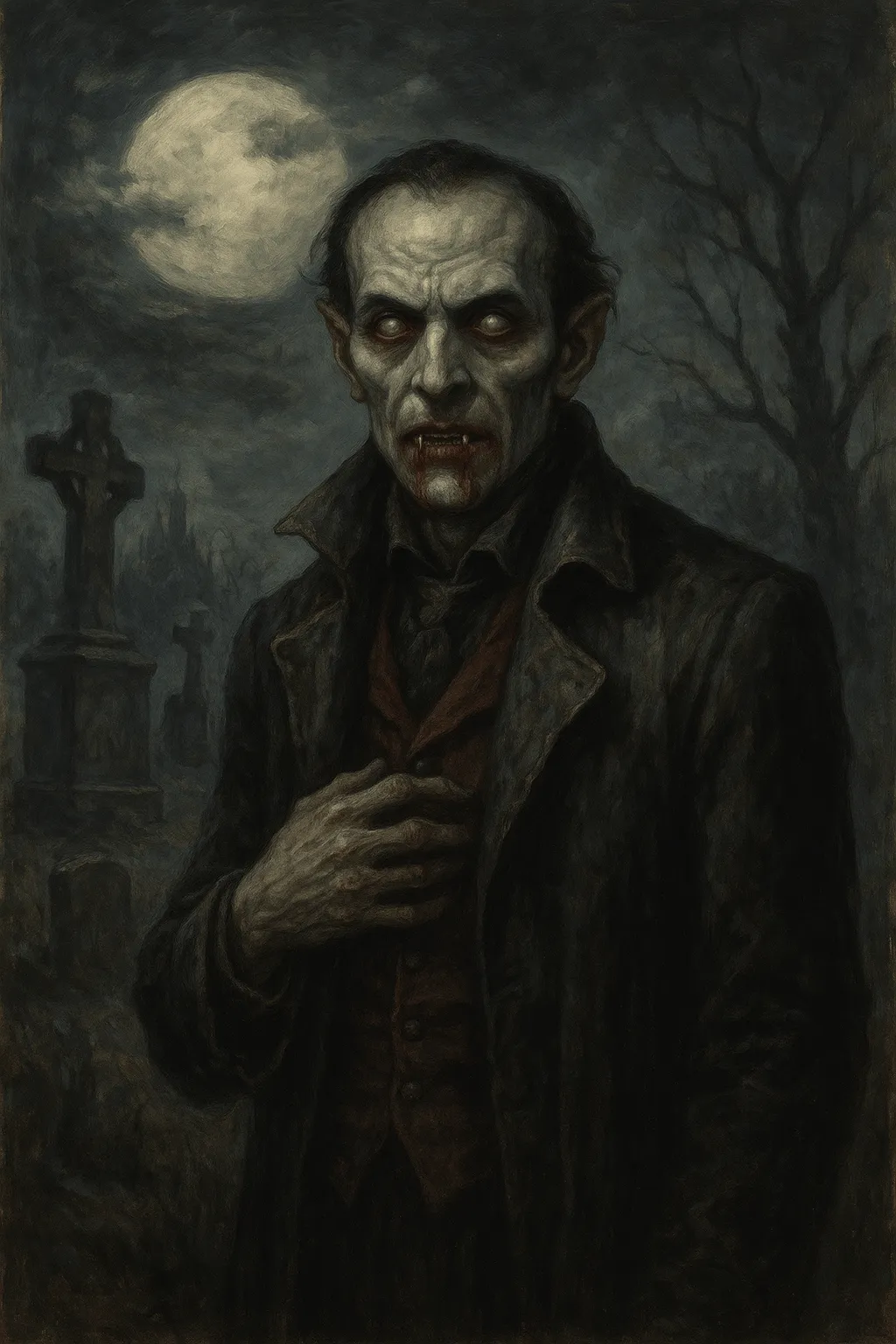
He rose not for vengeance, nor for hunger, but because silence refused him.
Among the nightbound dead, few evoke as much dread and fascination as the vampire. A creature shaped as much by myth as by blood, the vampire is not a singular entity but a diverse category of undead that includes dozens—perhaps hundreds—of strains. Of these, the Graveshade Vampire is considered one of the most widespread and understood, though its origins remain shrouded in folklore, necromantic theory, and conflicting testimony.
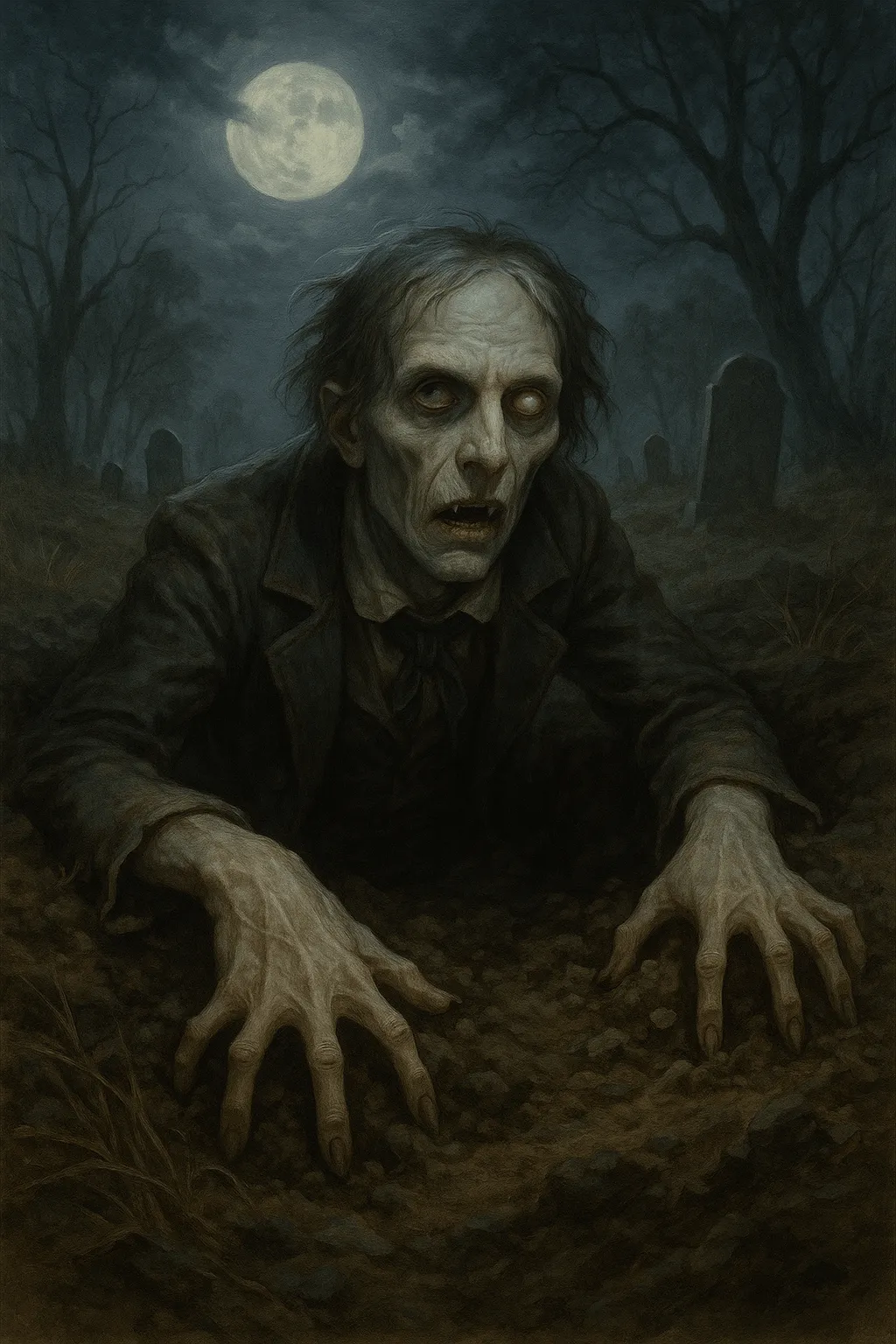 Graveshades differ from their more exotic cousins in that they do not require noble lineage, infernal pacts, or ancient curses to arise. Instead, they emerge when a body is denied a proper death. Often, this occurs when a soul is unable—or unwilling—to cross into the afterlife due to trauma, vengeance, or sheer force of will. If the body remains sufficiently intact and saturated with lifeblood at the moment of this severance, the conditions become ripe for transformation. In rare cases, exposure to residual necromantic energy or the influence of another vampire can catalyze this change, but such rituals are not required. Graveshades are not made; they happen.
Graveshades differ from their more exotic cousins in that they do not require noble lineage, infernal pacts, or ancient curses to arise. Instead, they emerge when a body is denied a proper death. Often, this occurs when a soul is unable—or unwilling—to cross into the afterlife due to trauma, vengeance, or sheer force of will. If the body remains sufficiently intact and saturated with lifeblood at the moment of this severance, the conditions become ripe for transformation. In rare cases, exposure to residual necromantic energy or the influence of another vampire can catalyze this change, but such rituals are not required. Graveshades are not made; they happen.
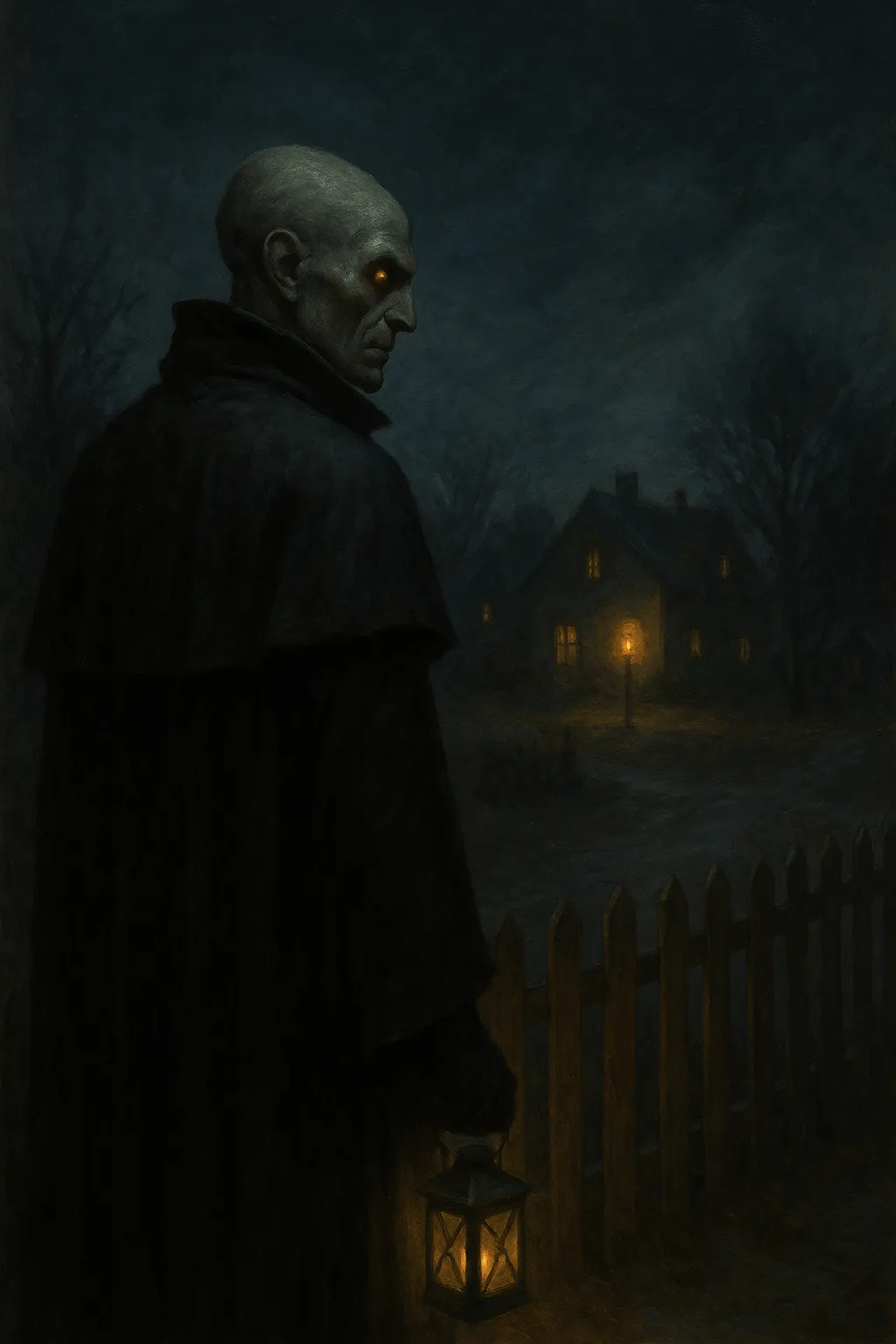 Their name comes from their initial state. Newly awakened Graveshades often retain the pallor of death—ashen skin, cold touch, hollow eyes—but are sheathed in an illusion of life. This glamour, whether magical or psychological, helps them pass among mortals. It is imperfect and flickers in the presence of mirrors, holy relics, or moments of intense emotional conflict. This flickering—this “shade” overlaying a graveborn corpse—gives them both their name and their signature unease.
Their name comes from their initial state. Newly awakened Graveshades often retain the pallor of death—ashen skin, cold touch, hollow eyes—but are sheathed in an illusion of life. This glamour, whether magical or psychological, helps them pass among mortals. It is imperfect and flickers in the presence of mirrors, holy relics, or moments of intense emotional conflict. This flickering—this “shade” overlaying a graveborn corpse—gives them both their name and their signature unease.
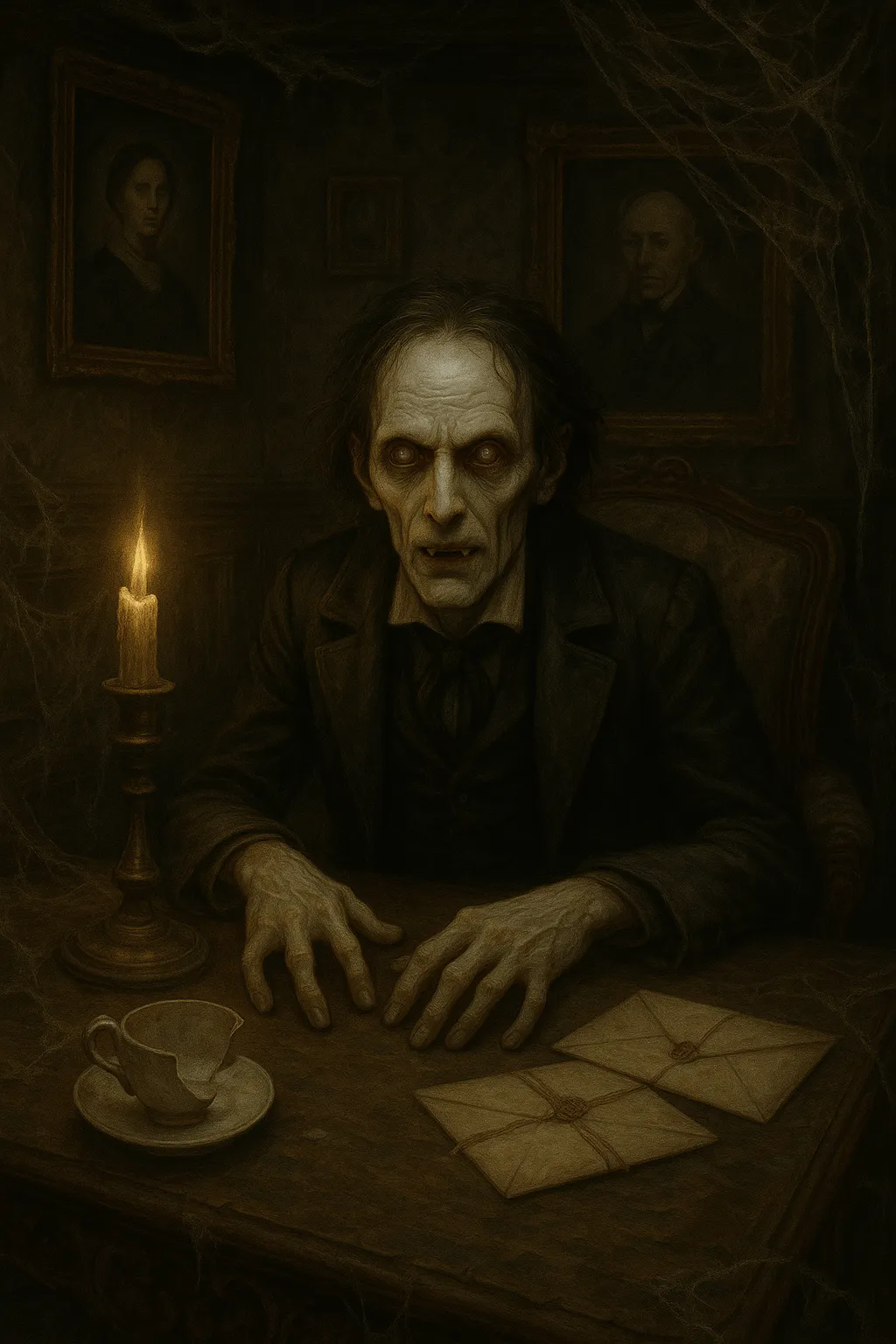 Unlike many of their kind, Graveshade Vampires do not live in crypts or castles. They haunt the margins of society: abandoned homes, graveyards, dilapidated inns, and forest outskirts. Some manage to remain within communities, assuming the roles of night watchmen, undertakers, or lonely widows with locked shutters. Their presence is often suspected but seldom confirmed, for the Graveshade is cunning and acutely aware of how fragile its second life is.
Unlike many of their kind, Graveshade Vampires do not live in crypts or castles. They haunt the margins of society: abandoned homes, graveyards, dilapidated inns, and forest outskirts. Some manage to remain within communities, assuming the roles of night watchmen, undertakers, or lonely widows with locked shutters. Their presence is often suspected but seldom confirmed, for the Graveshade is cunning and acutely aware of how fragile its second life is.
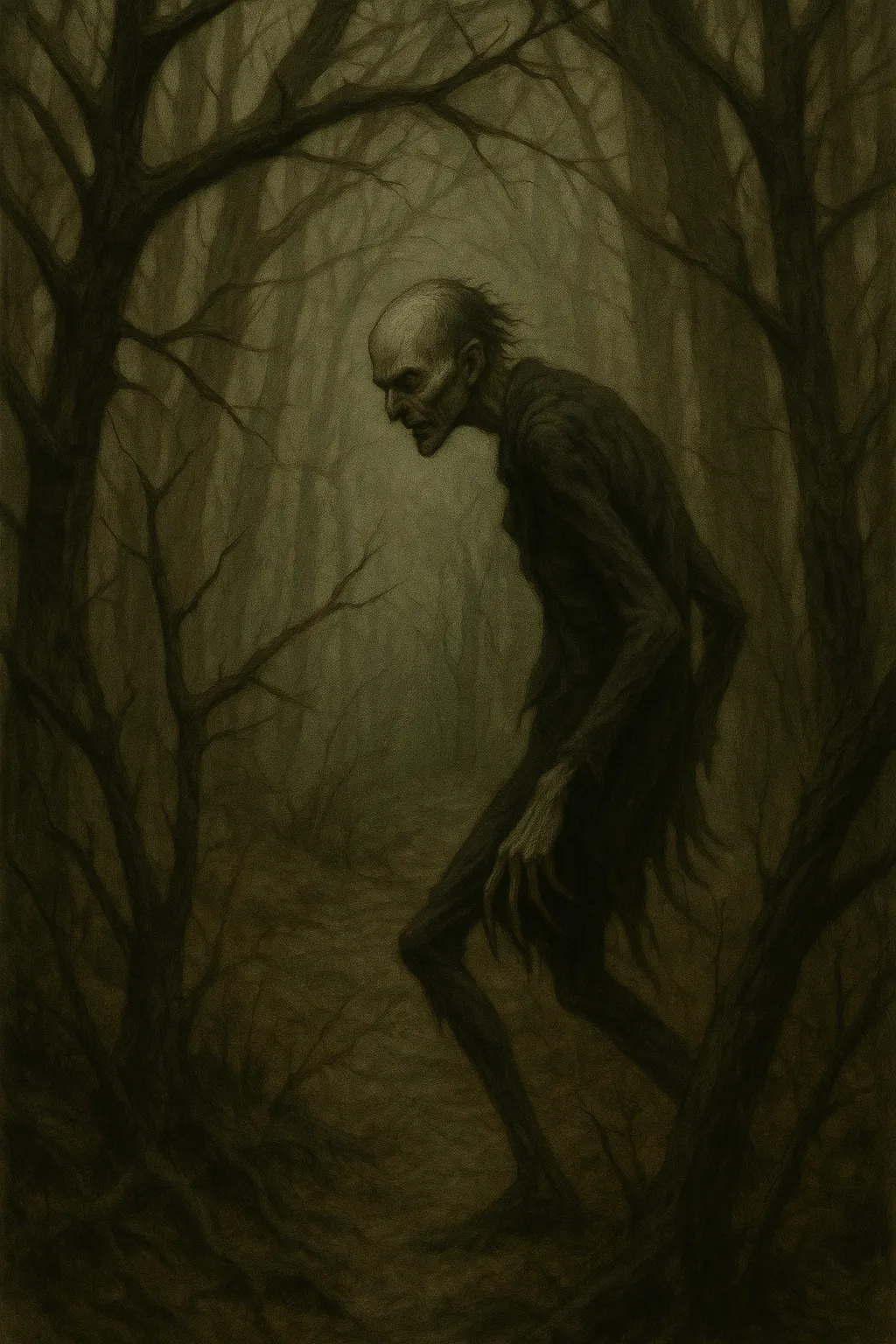 Sustenance is, as with most vampires, derived from blood. Graveshades are capable of feeding on any warm-blooded creature, though the vitality of sapient beings yields far more nourishment than that of beasts. They can survive on animal blood for weeks, though this causes their physical and mental acuity to deteriorate. Over time, those who feed exclusively on animals become feral, retreating further into shadow and forgetting what they once were. These “Fadewalkers,” as they are sometimes called, are often mistaken for ghouls.
Sustenance is, as with most vampires, derived from blood. Graveshades are capable of feeding on any warm-blooded creature, though the vitality of sapient beings yields far more nourishment than that of beasts. They can survive on animal blood for weeks, though this causes their physical and mental acuity to deteriorate. Over time, those who feed exclusively on animals become feral, retreating further into shadow and forgetting what they once were. These “Fadewalkers,” as they are sometimes called, are often mistaken for ghouls.
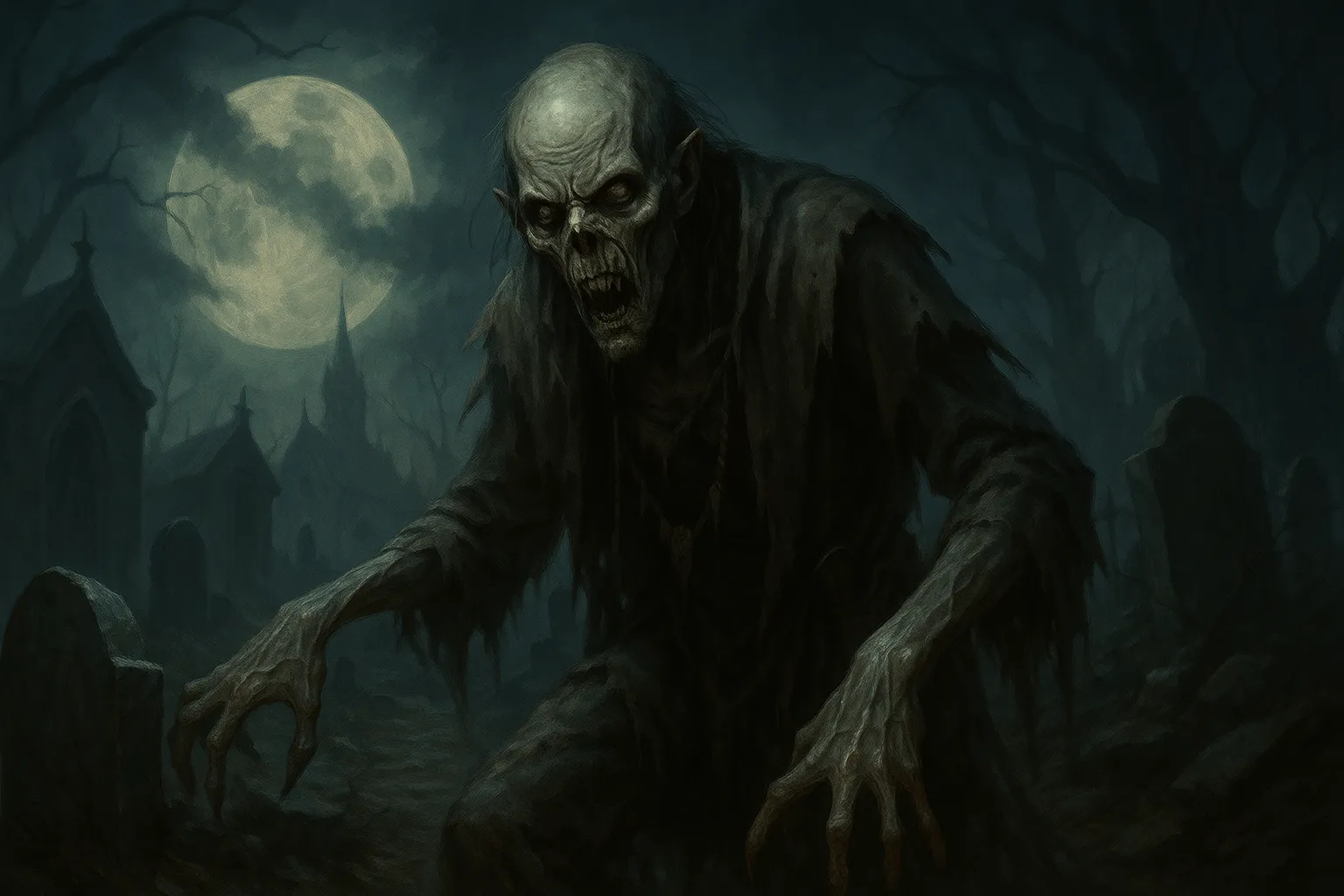 It is not known whether Graveshades experience hunger in the conventional sense, but they describe their thirst as a gnawing void—emotional as much as physical. It is this dual hunger that drives their predatory behavior: the need for warmth, memory, and connection as much as the need for blood. Some develop twisted attachments to their victims, feeding slowly over months while posing as a friend or caretaker. Others isolate themselves entirely, feeding only when desperation compels them to the hunt.
It is not known whether Graveshades experience hunger in the conventional sense, but they describe their thirst as a gnawing void—emotional as much as physical. It is this dual hunger that drives their predatory behavior: the need for warmth, memory, and connection as much as the need for blood. Some develop twisted attachments to their victims, feeding slowly over months while posing as a friend or caretaker. Others isolate themselves entirely, feeding only when desperation compels them to the hunt.
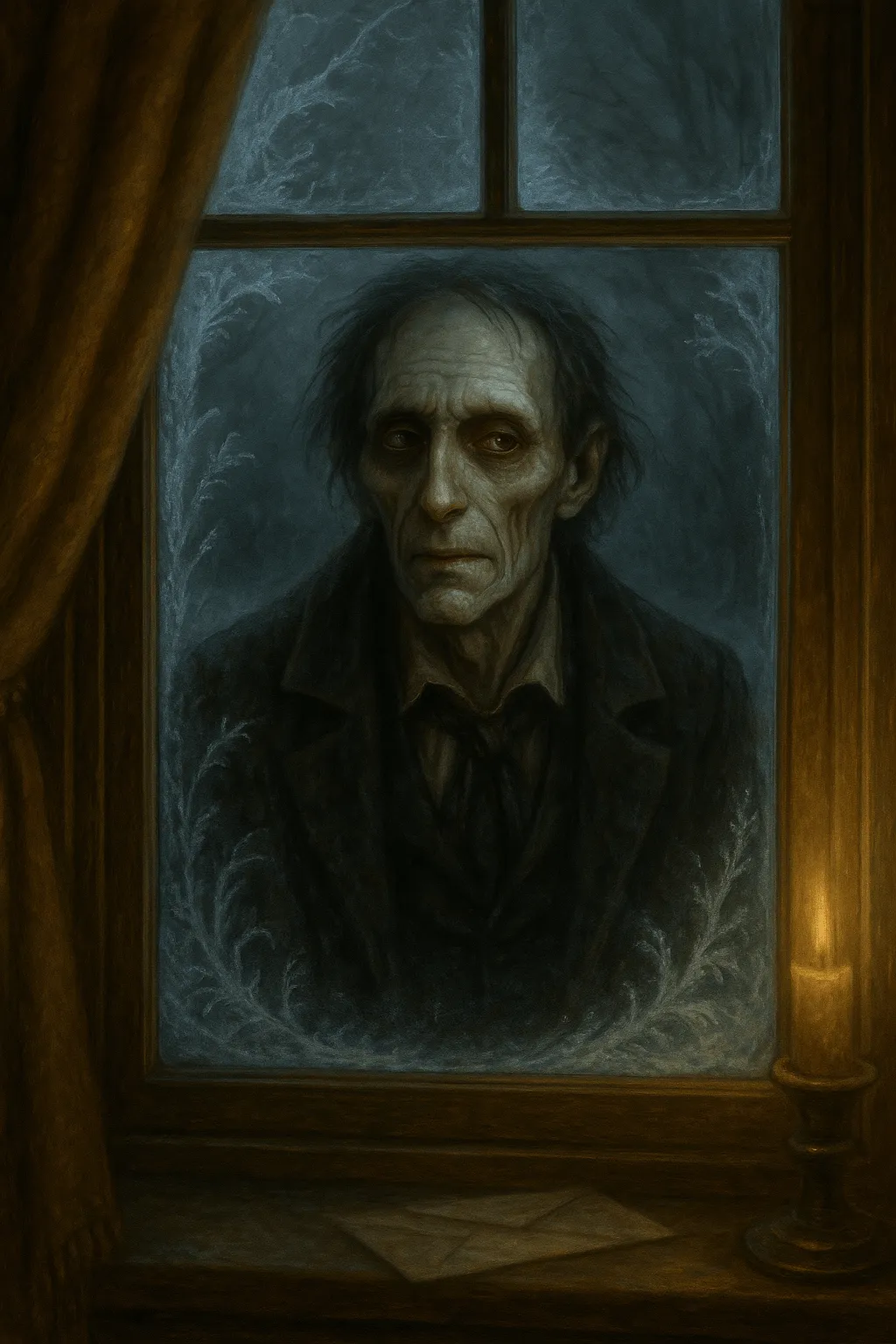 Graveshade Vampires retain the memories, skills, and often the emotions of their living selves, though these become dulled over time. Their minds remain functional, capable of reason, strategy, and even empathy in rare instances. However, their moral compass is often warped by the unnatural preservation of self. A soldier may continue to defend a village long after the village has forgotten his name. A mother may linger outside her child’s window for years, never revealing her nature but unable to let go. In this way, the Graveshade is a creature of tragic obsession.
Graveshade Vampires retain the memories, skills, and often the emotions of their living selves, though these become dulled over time. Their minds remain functional, capable of reason, strategy, and even empathy in rare instances. However, their moral compass is often warped by the unnatural preservation of self. A soldier may continue to defend a village long after the village has forgotten his name. A mother may linger outside her child’s window for years, never revealing her nature but unable to let go. In this way, the Graveshade is a creature of tragic obsession.
They are not truly immortal. Fire can destroy them. Decapitation, exposure to sunlight, and destruction of the heart are all reliable methods of ensuring final death. However, stories abound of Graveshades surviving grievous injuries, regenerating over time, or vanishing into mist when threatened. These accounts are often exaggerated, but they reflect the resilience of the strain. The Graveshade's greatest defense is not its strength but its subtlety. Unlike their more flamboyant brethren—Nosferati, Bloodlords, or Crimson Arbiters—the Graveshade prefers the quiet dark.
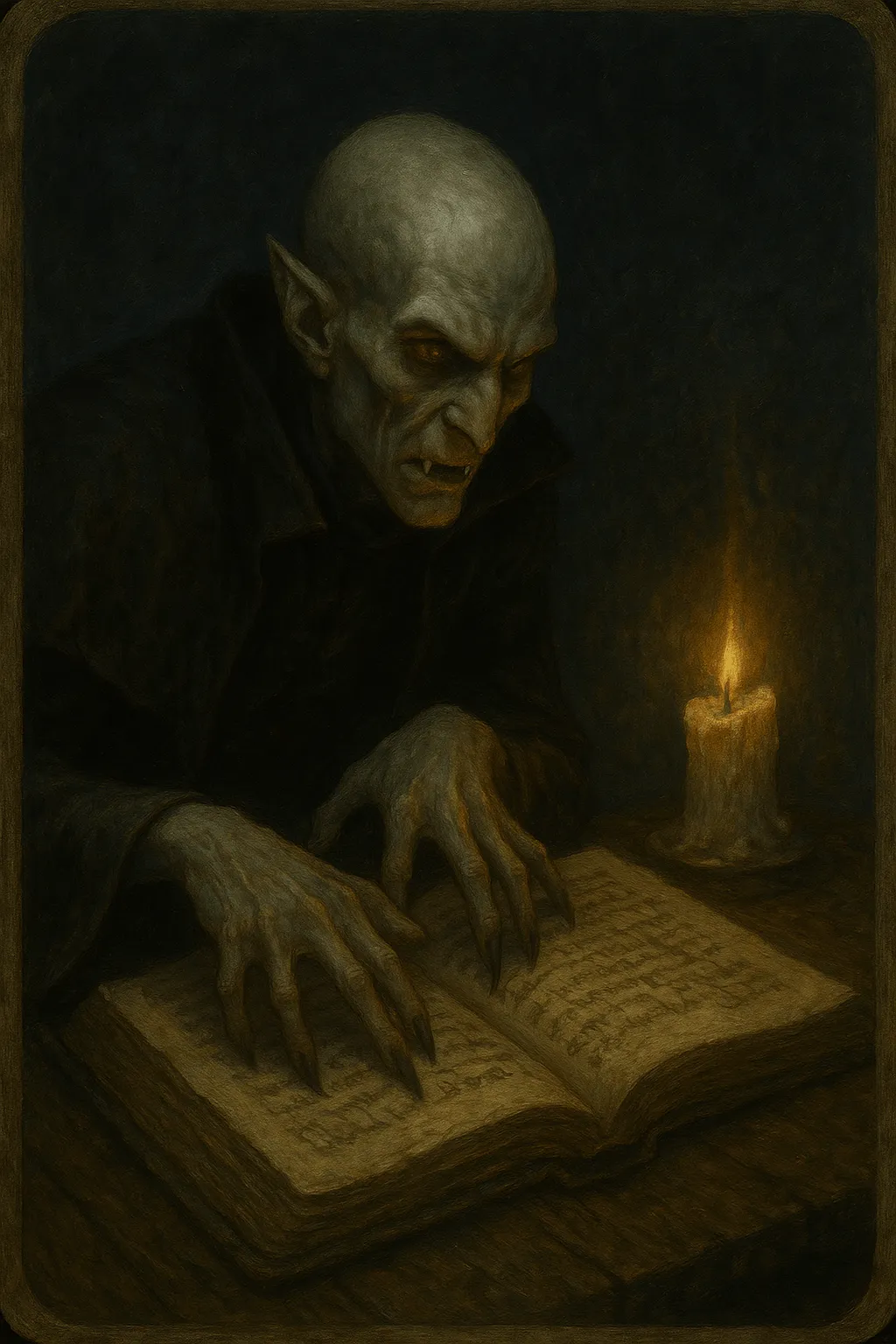 The Graveshade possesses no overt magical prowess beyond its illusionary disguise and ability to influence weak minds through voice or gaze. Some learn more powerful arts over time, particularly those who consort with necromancers or sorcerers. A few, especially elder Graveshades, have developed unique mutations—claws that never dull, venomous blood, or the ability to speak with the dead. These are not universal and are believed to be the result of adaptation rather than inheritance.
The Graveshade possesses no overt magical prowess beyond its illusionary disguise and ability to influence weak minds through voice or gaze. Some learn more powerful arts over time, particularly those who consort with necromancers or sorcerers. A few, especially elder Graveshades, have developed unique mutations—claws that never dull, venomous blood, or the ability to speak with the dead. These are not universal and are believed to be the result of adaptation rather than inheritance.
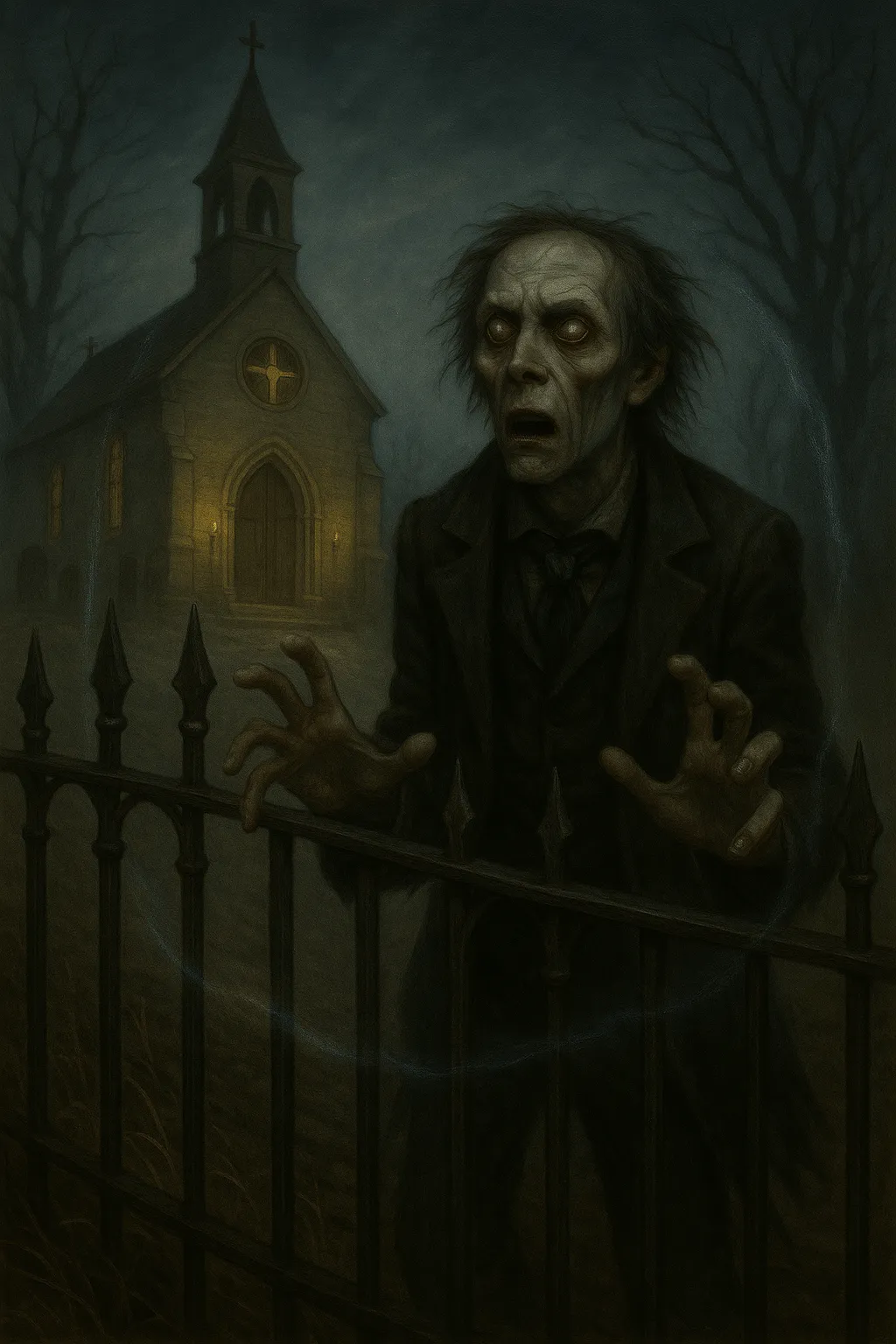 Religions and scholar-priests vary in their classification of Graveshades. Some categorize them as unclean spirits bound to corpses. Others claim they are examples of the soul stretched too thin—no longer human, not yet demon. The more arcane-minded suggest Graveshades occupy a liminal magical state, tethered between realms and sustained by residual life-force leaking through their spiritual wound.
Religions and scholar-priests vary in their classification of Graveshades. Some categorize them as unclean spirits bound to corpses. Others claim they are examples of the soul stretched too thin—no longer human, not yet demon. The more arcane-minded suggest Graveshades occupy a liminal magical state, tethered between realms and sustained by residual life-force leaking through their spiritual wound.
Despite their condition, not all Graveshades are antagonistic. A handful have sought to atone for their existence, forming secretive orders or offering their services as hunters of worse things. Their motives may be selfish—protecting a feeding ground, seeking penance, or maintaining a code—but their actions have, at times, benefited mortalkind. That said, most communities treat even rumors of their presence with torches and stakes.
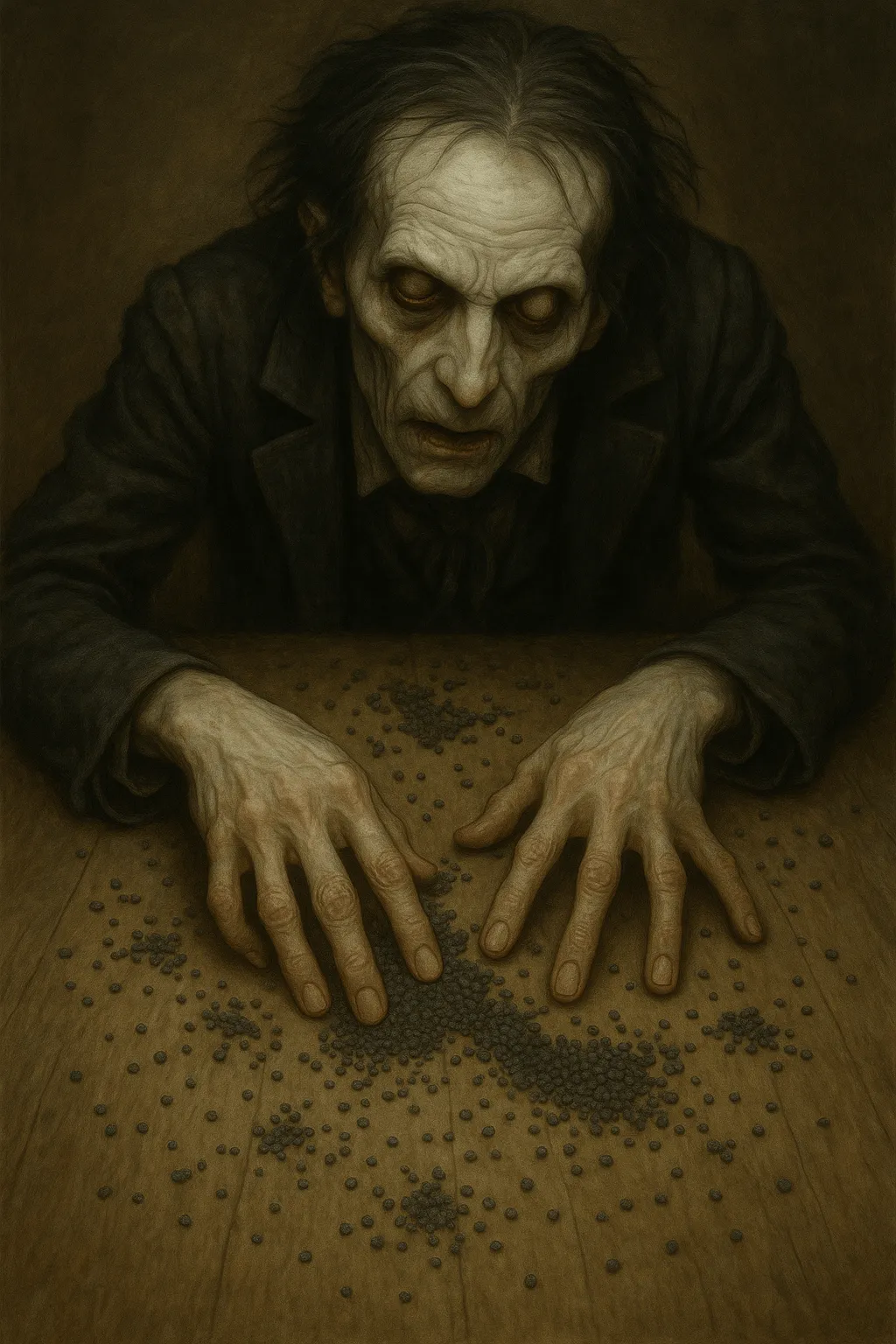 Folk traditions speak of ways to ward off Graveshades: burying the dead with iron nails in their mouth, placing poppy seeds at windowsills (which the Graveshade must count compulsively), or tying the corpse’s feet together at burial. These customs are dismissed by most scholars but remain deeply ingrained in rural culture. Whether they work or not, their existence speaks to the long shadow the Graveshade casts over the living.
Folk traditions speak of ways to ward off Graveshades: burying the dead with iron nails in their mouth, placing poppy seeds at windowsills (which the Graveshade must count compulsively), or tying the corpse’s feet together at burial. These customs are dismissed by most scholars but remain deeply ingrained in rural culture. Whether they work or not, their existence speaks to the long shadow the Graveshade casts over the living.
It is uncertain what becomes of a Graveshade denied blood for too long. Some vanish entirely. Others collapse into piles of dust or mummified husks. A few are said to undergo a second transformation, becoming something darker—entities of pure hunger, stripped of memory and identity. These are known as Hollowwights, though little reliable information exists on their nature. Most who encounter them do not survive long enough to record what they’ve seen.
In the end, the Graveshade Vampire is defined by what it retains: memory, form, and hunger. It is a being that lingers when it should not, survives where it cannot, and remembers what it cannot change. In this, perhaps, it serves less as a monster and more as a mirror—reflecting the parts of us that fear to be forgotten, and the cost of refusing to let go.
The following magical heirlooms are fictional and lore-based in nature. Each one is an affiliate link to a real-world item on Amazon that we've hand-selected to complement this artifact's lore.
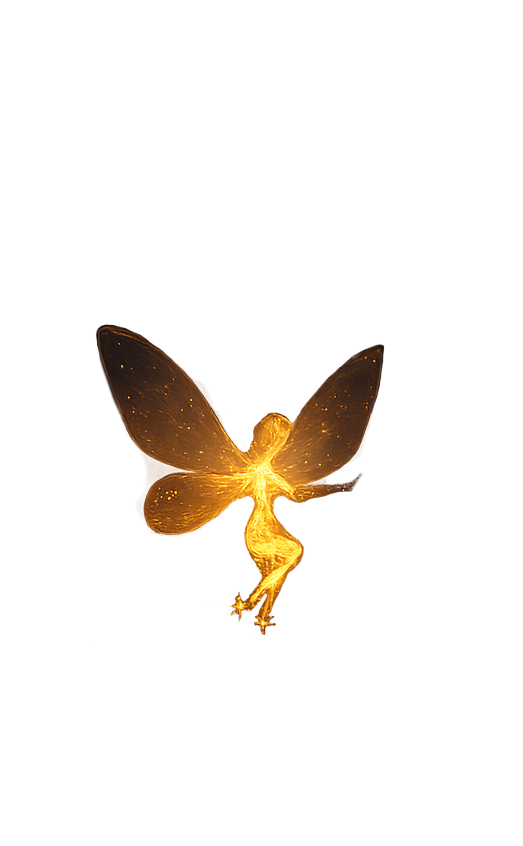
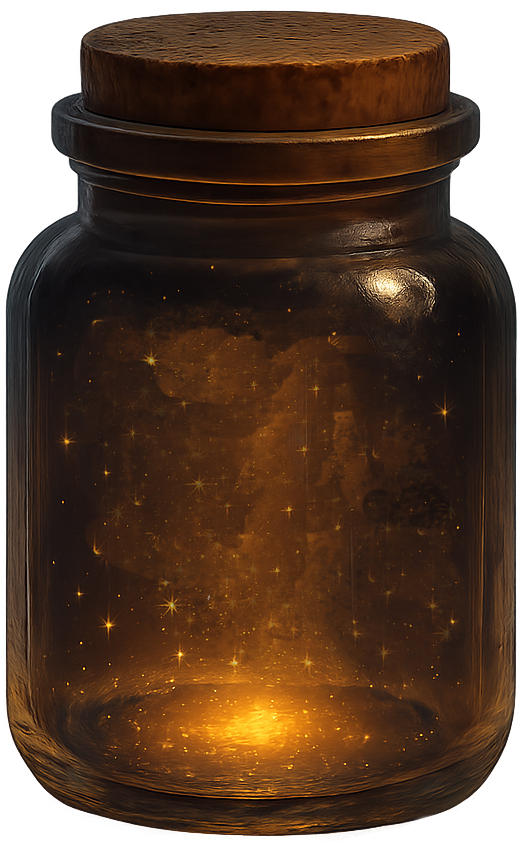
If you click a link and buy an item, we may earn a commission.It costs you nothing extra, but can help keep this little corner of the internet glowing.
What does this mean?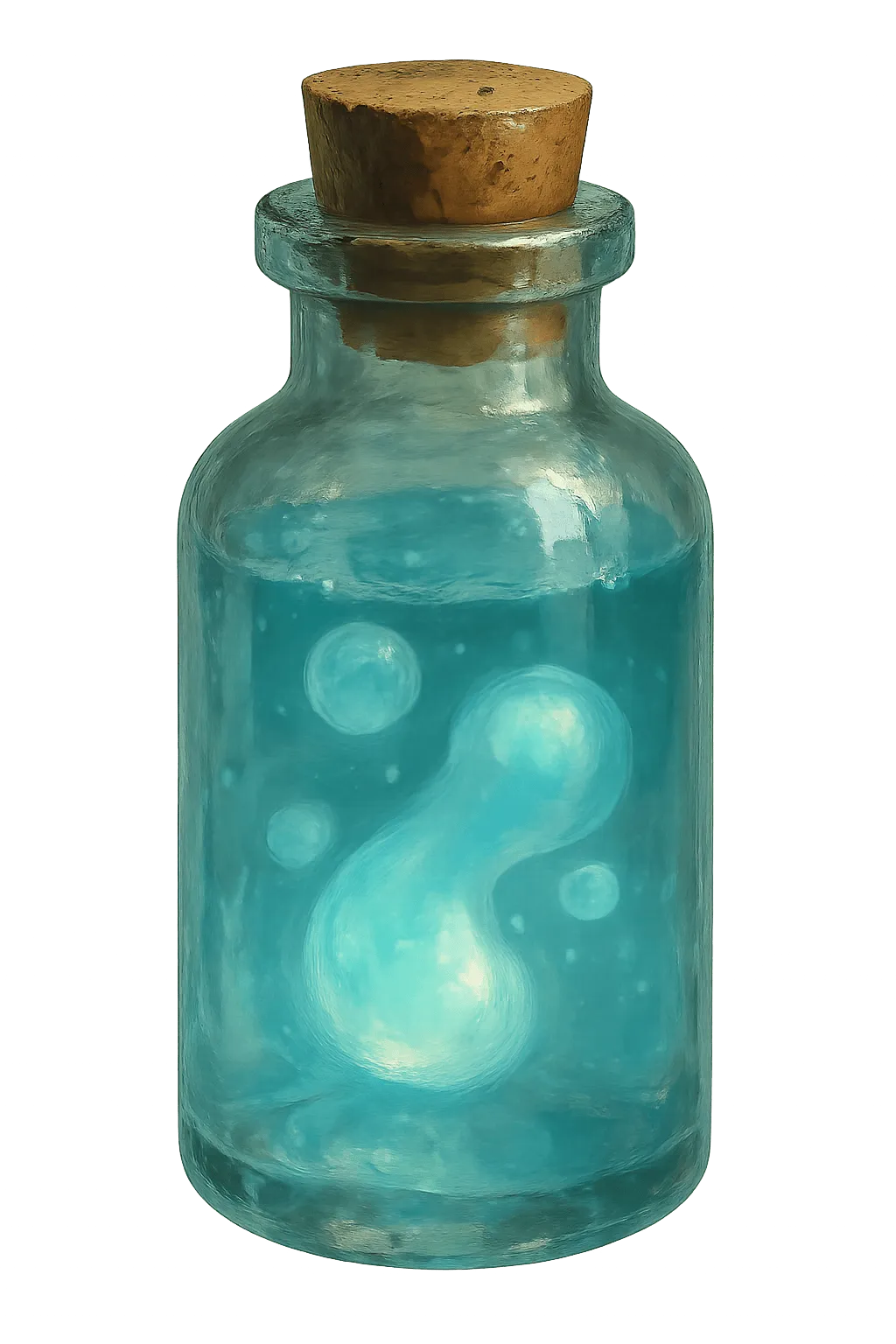
Capable of masking the living presence of the carrier from lower undead.

Never empties, rarely judges—perfect for parties, peace talks, and poorly planned quests.

Now anyone can be a daywalker with the our new vampiric camping gear!

Summoned from the Sock Dimension, it’s great at holding snacks, bad at boundaries, and constantly trying to pat your head encouragingly.








